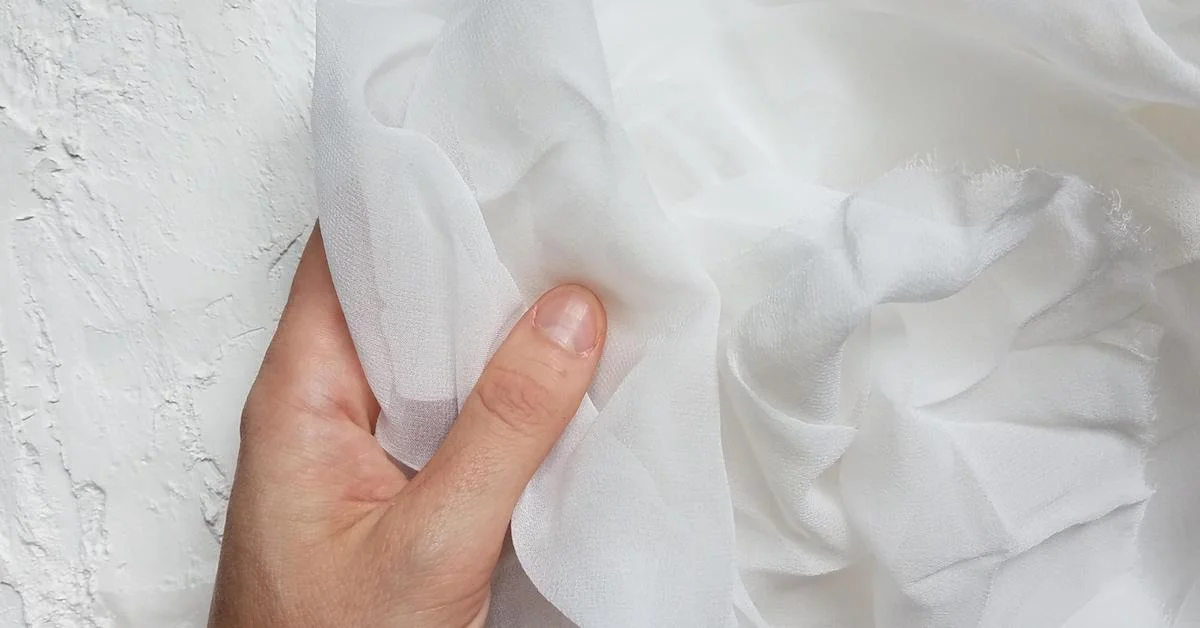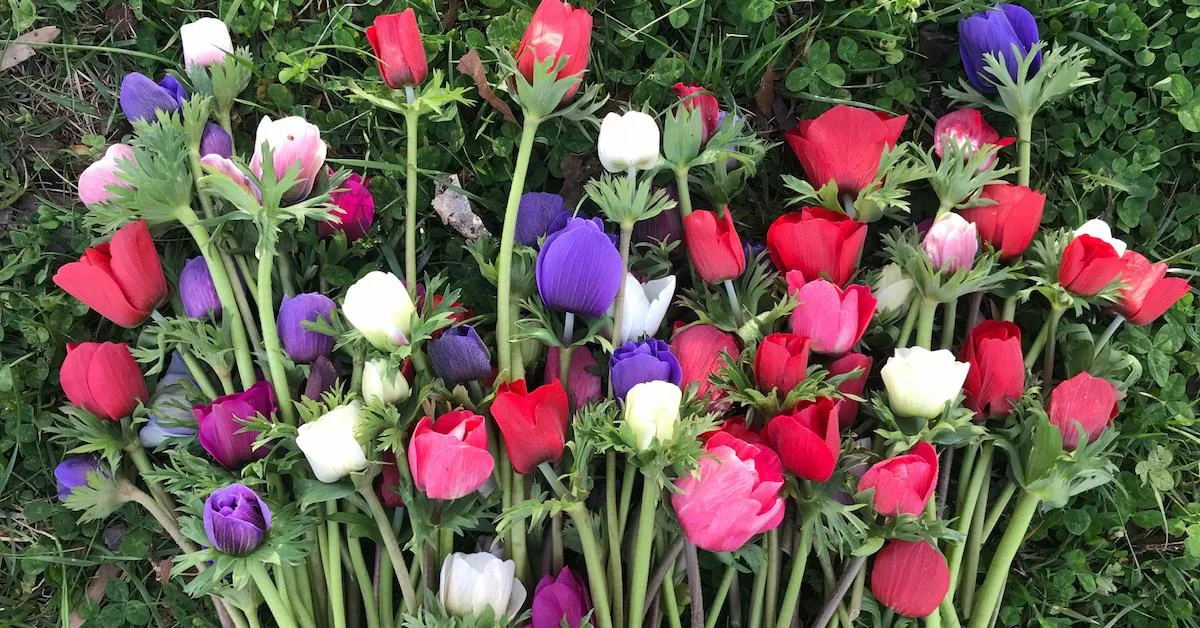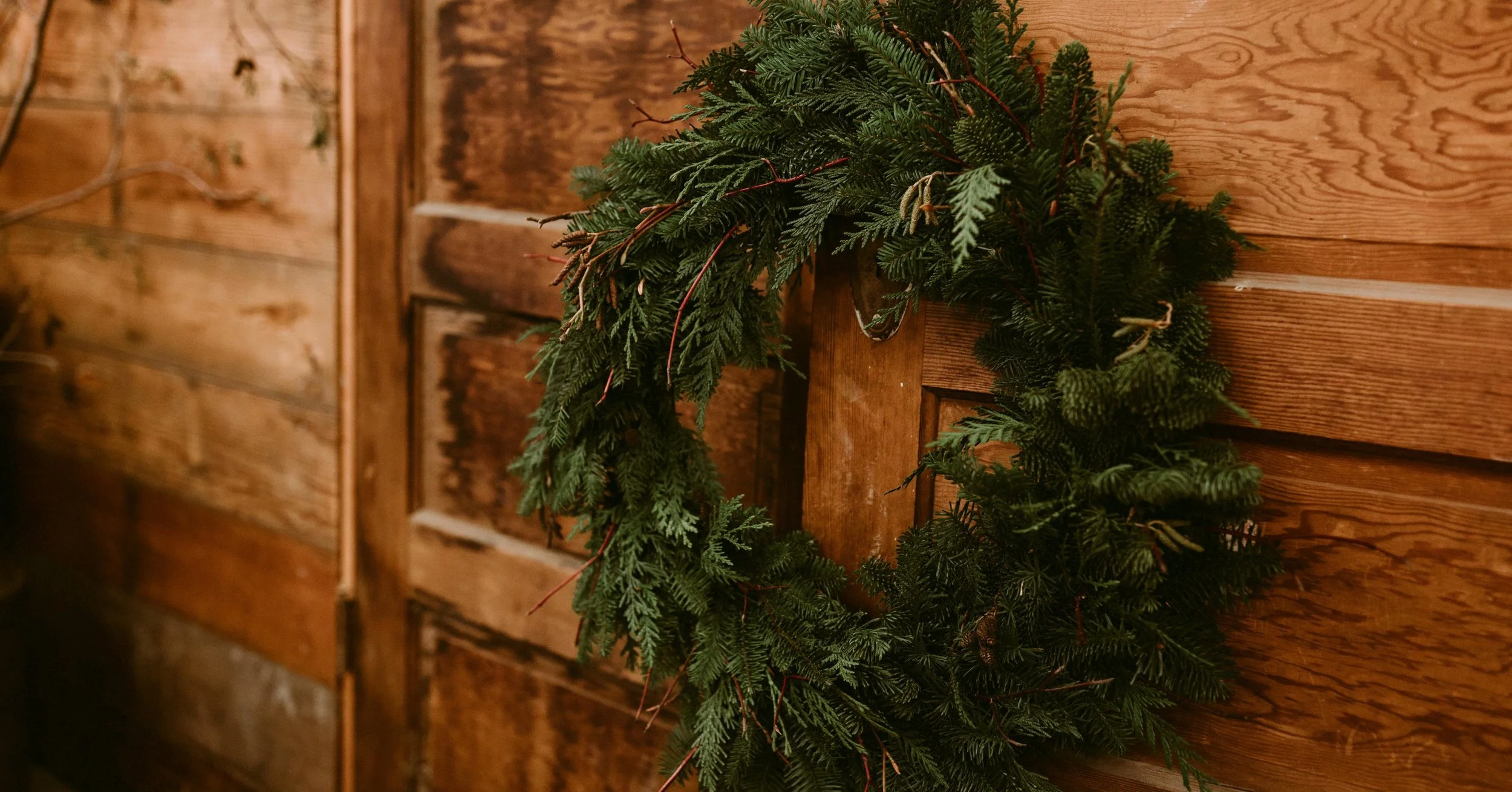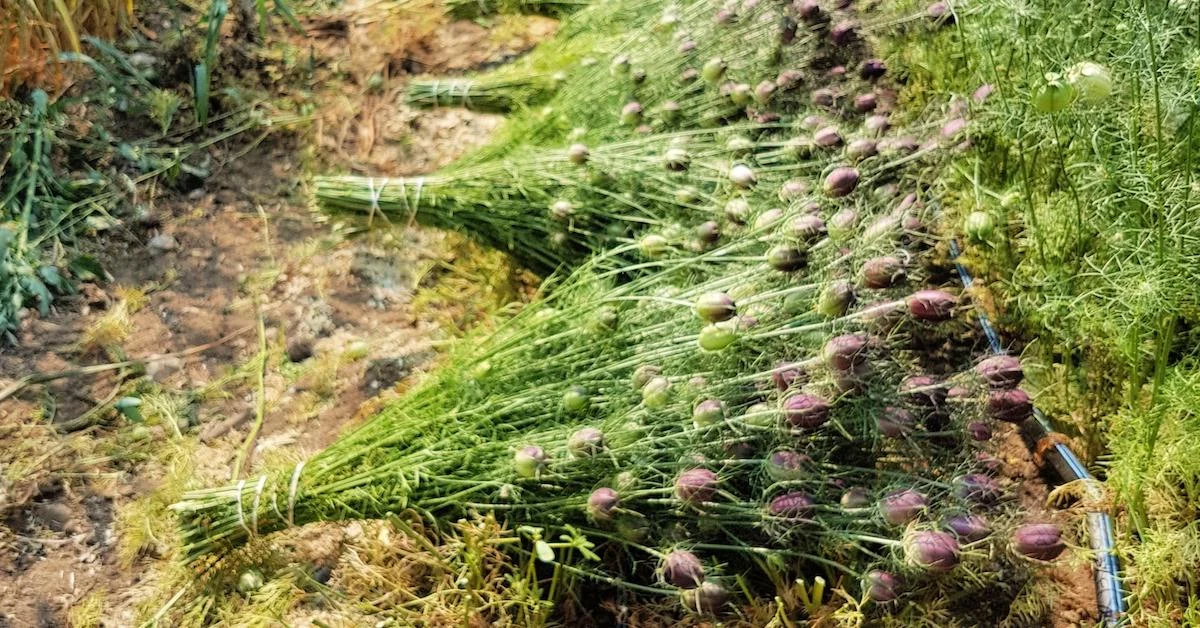I took some supplies you would find at your local hardware store and made a beautiful 8 foot long centerpiece. In this arrangement you'll find bunny grass, yarrow, love in a puff vine, tiny hands (Japanese foliage), standard peonies, and much, much more! You can create a long table centerpiece following these simple step-by-step floral design mechanics. Watch this video for a quick how-to.
Transcript
Hi, it's Kelly with Team Flower. I wanted to pop in and show you the mechanics behind this table runner that we've created for a styled shoot recently. It's driven with me all the way back from Atlanta. It's still in one piece. It's looking a little tired. But I still wanted to bring it on and talk about it for just a minute, because I thought it might help you with a future project that you're working on.
So what we have here-- I'm always trying out new mechanics for how I can-- different materials that I can use and ways that I can put things like this together. So you may have seen another video where I did something similar to this, where we used garland and oasis. And we had a little system for working like a floral garland that way.
Well, this is actually, underneath-- I'm going to flip it up so you can take a quick peek. This is a piece of molding for a house. And Jessie, if you can get a little close up right here, you'll see underneath I have oasis bricks lined with a little bit of chicken wire under here. So that is there. And then I have just connected it with tape the whole way down.
So I'm going to pull one little section of this apart so you can see underneath. Is this a good section, Jessie? OK. So I'm going to pull these little guys out of here. And then I'll just tell you what's in here, too, in case if you see an ingredient that you like for a project you've got coming up.
These flowers came from Cut Flower in Atlanta. Really loved shopping their cooler. Alex helped me with my order that day and was super friendly.
So if you're looking for a source in that area, you have a project coming out, I highly recommend them. Beautiful cooler, one of the best coolers I've ever walked through. So Cut Flower Atlanta for these materials.
But you can see here-- can you see that, Jessie? What I've done is I've taken one piece of oasis and I've cut it into four pieces, but lengthwise. So it's nice little skinny pieces. They fit into this piece of molding from Lowe's hardware perfectly.
And then the little cup shape of the molding, you can see it just has a little dip here. That catches all the little bits of water under the oasis. So whenever we put this together, I could just tip the water off the edge.
And that kept it easy for traveling in the car. I didn't have water in my car. And whenever we set it onto the eight foot table with the linens and everything, it stayed nice and clean and dry. So I was really happy with how this piece performed. I liked it a lot.
I put just this little bit of chicken wire over here. I like to do that with oasis. Just in case, if you're repositioning stems quite a bit, sometimes it can break on you or just pop off. And so I just have just a little piece over the top of it to keep it all together.
This does take two people to move. It's eight feet in length. If you just have one person that was moving things, I'd recommend just snipping in half and doing four foot sections and working those together. But I loved the convenience.
If you just have a buddy going with you, you can just grab here and here. And they can grab there and there. Fits perfectly into the back of one of the U-Haul cargo vans. Or I have a Sienna minivan that it fits straight up to the front whenever you take all of the seats out or fold them down, however your car works.
In terms of ingredients in this piece, this is for like the blushy fall bride. I really love this palette a lot. I have some yarrow in here that I used low for coverage of the oasis. And I also brought a little bit of it out higher for some texture in the arrangement.
I have a little bit of bunny grass in here. It's what it was labeled as. It's a little bit different than the bunny grass I typically get, so I'm not sure if that's actually-- I'm not sure.
I'm not completely convinced that's exactly what it is. But it might be just maybe a different variety of that. But some type of grass. I've also seen grass that looks similar to this called foxtail grass. So it might be that.
I have some like love in a puff foliage down here. This foliage here is called tiny hands. It's from Japan. I have, of course, these big pretty peonies, spray roses.
A couple of these little-- I think this is-- I want to say this is cappuccino. They were unlabeled. But I have seen something very similar to this labeled and cappuccino is what it was called. So that's what I'm thinking for that.
These are beautiful tree peonies. These are from Japan as well. So peonies are now becoming available more year around. The tree peonies less frequent than your standard ones here.
But it's so interesting. They're coming just from different parts of the world throughout all of the growing seasons. And with shipping and just the logistics that they have available to them now, we're able to see and have these different things that are happening in different parts of the world, which is fun.
So we've got that. I have some of these pretty ranunculus scabiosa. Have a couple little acorns here. And I think I got almost-- I think got it all-- oh, bay leaves. That's what we used for our base coverage there.
So I'm back with my list. I forgot a couple of things, so I wanted Jessie to add this in at the end. But I missed this ingredient here, just pretty, blushy, real deep, and again nice texture and coverage low. And I'm going to spell it for you H-E-P-T-A-C-O-D-I-U-M, $9.50.
I also missed the amaranthe that I had pulled out. So this is the rose amaranthe. It's pretty. A lot of local growers have this now. So it's something that you can check around with if you're in an area where you have a couple local growers.
And then this leptopods-- they're very small, hard. They almost don't look real in a way. And I'm sure they would dry really well. But, yeah, little leptopods.
And these are porcelina. These and these came from Mayesh in Charlotte on the way down. So I picked those up along the way. And I think that handles all of it. Ranunculus are from Chile, in case you're interested. Yeah, that's all.
OK, just wanted to make sure you have this. Thanks, so much, for popping in. I hope that this inspires you for one of the projects, and maybe just makes your burden a little bit lighter. Thanks, so much, for watching. Have a great day.




















